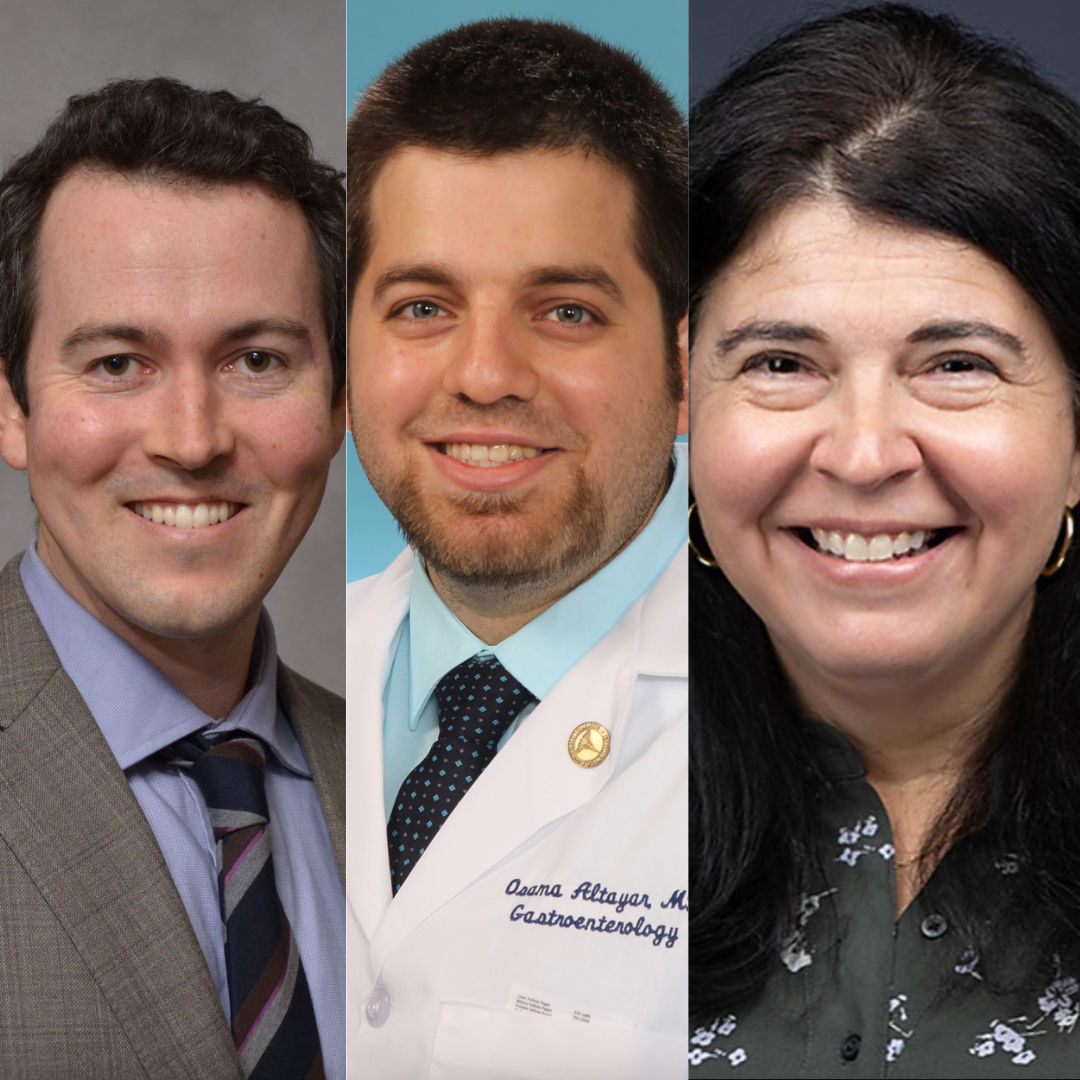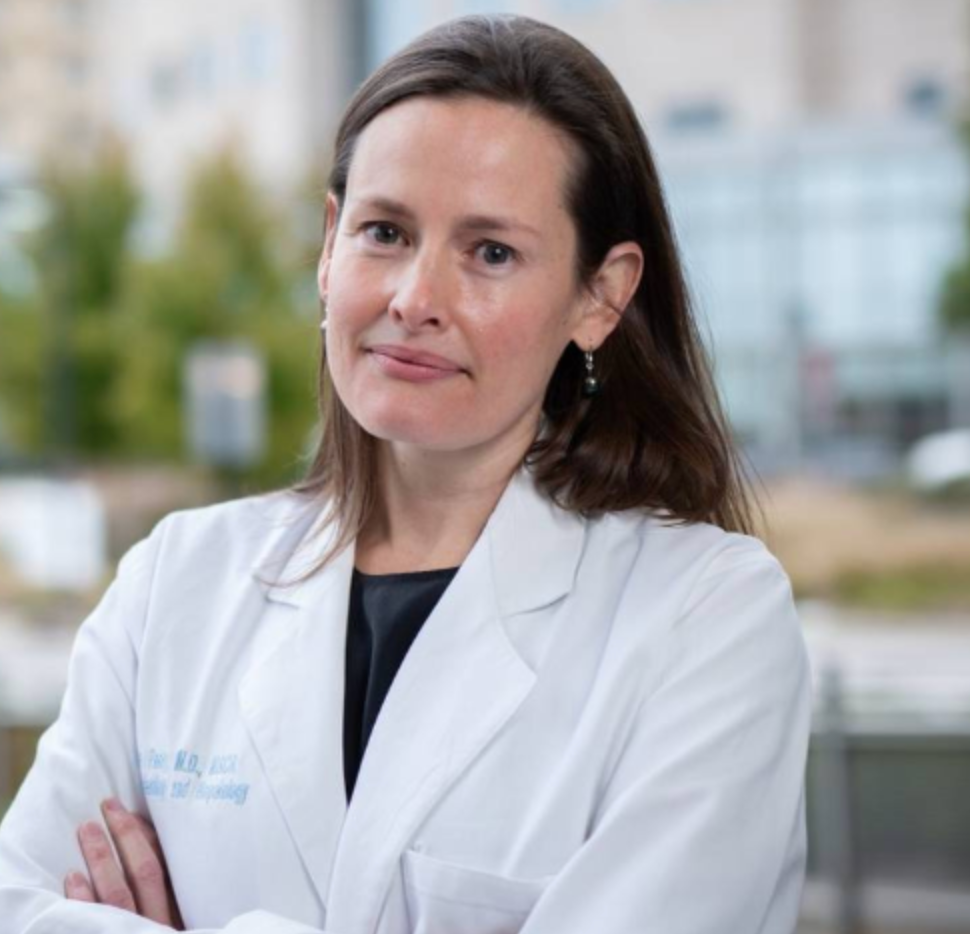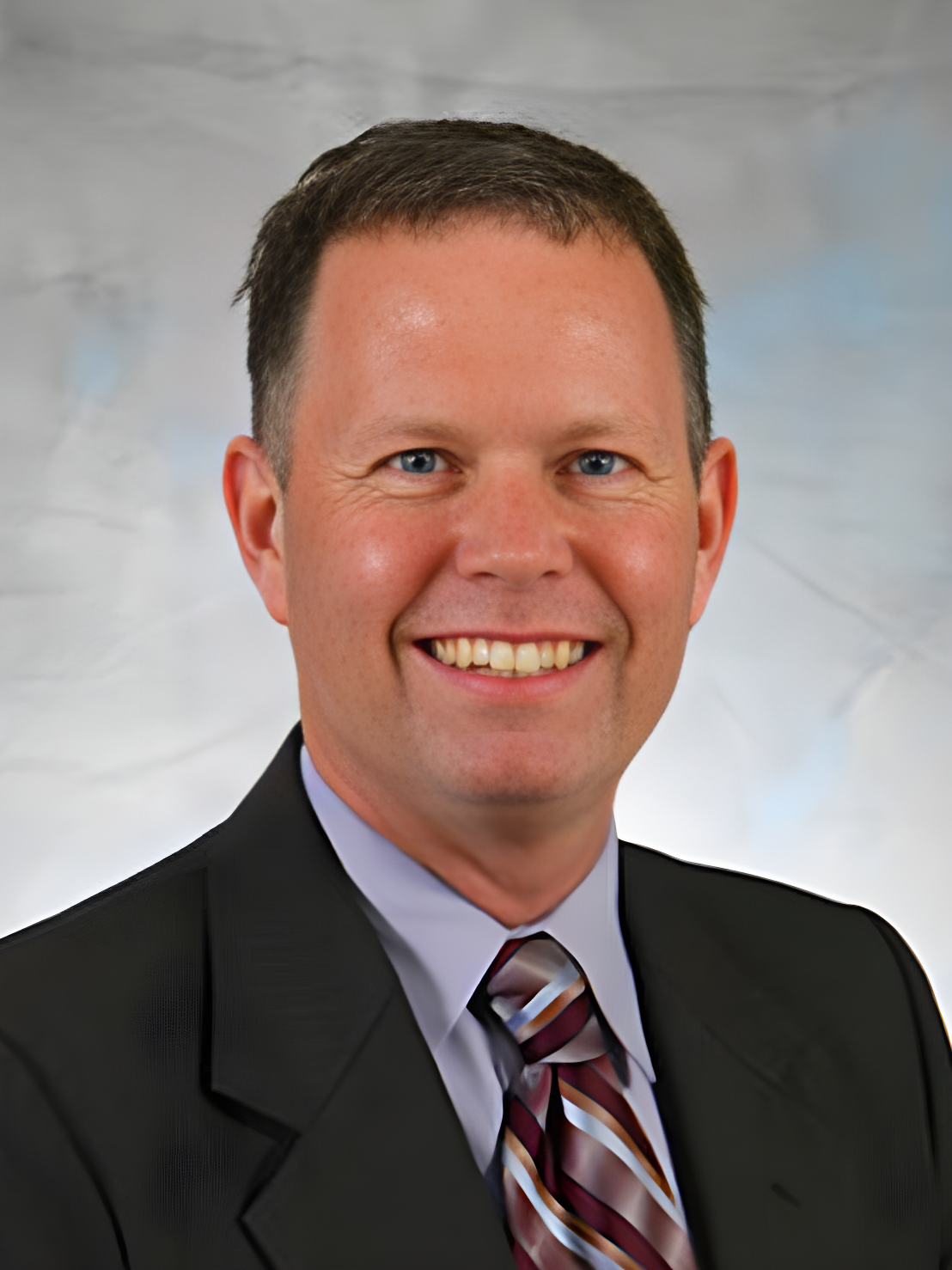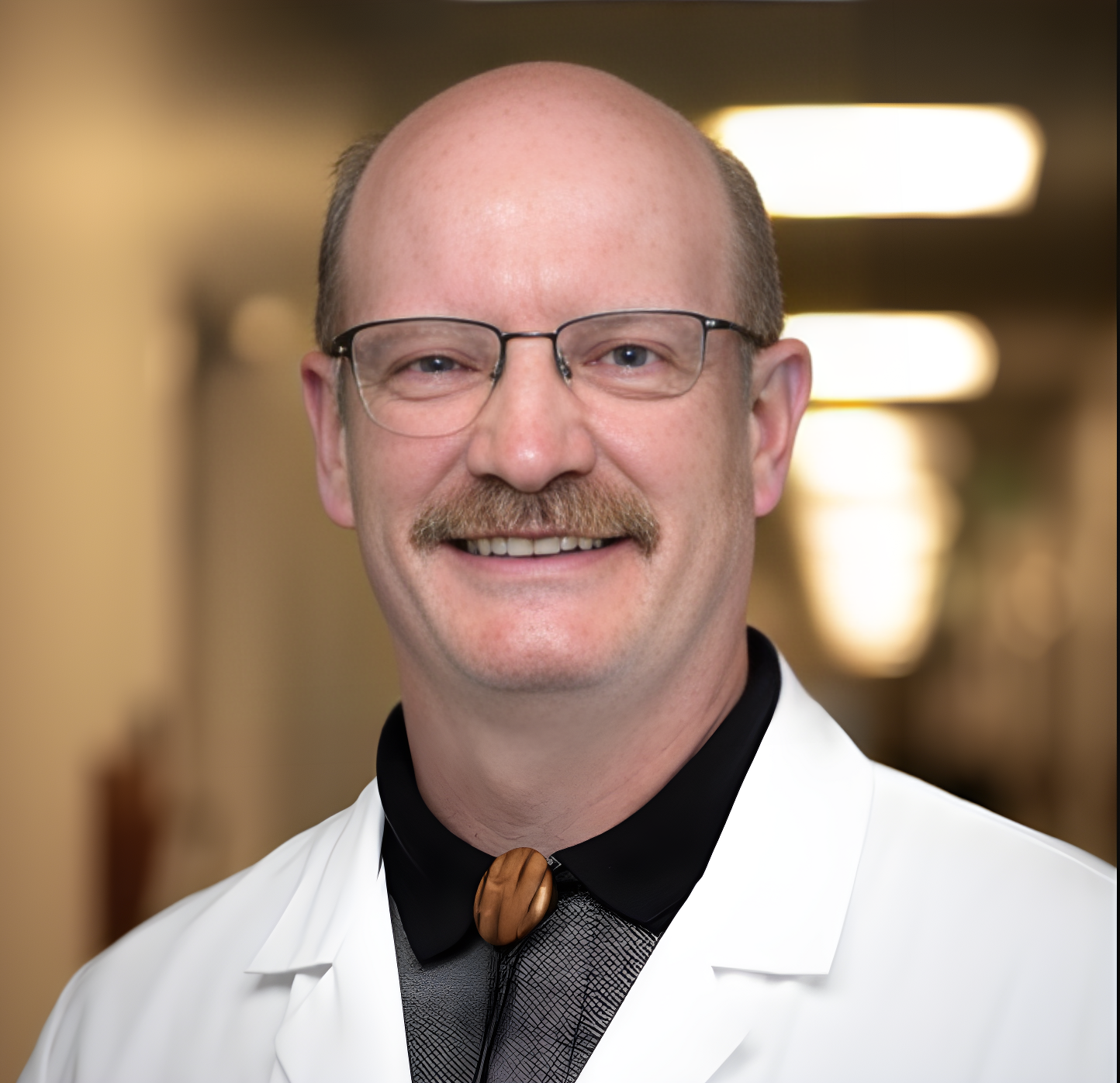Video
C Difficile Infection: What Causes Disruption of the Gut Microbiome?
Author(s):
Shared insight on how disruption of the gut microbiome may occur based on antibiotic exposure, environmental factors, and diet.
Transcript:
James A. McKinnell, MD: Carl, help me understand. You were talking about the structure, and you said it’s easy and hard. It seems as if the diversity of organisms is what trees are in our forest. The structure is what they do, and the resilience is how they do in drought periods or others. Is that a fair analogy?
Carl V. Crawford, MD: Correct. It’s about how they come back. The simple part is you have this core. The more complex part is this diversity, and we don’t know what that true diversity should be from individual to individual. When we think about an organism like C difficile [Clostridioides difficile], we think about how it exploits the loss of biodiversity as well as some of the core functions. Two of the core elements are the firmicutes and the bacteroidetes. In the setting of destruction of the rainforest, for instance, if someone is exposed to an agent like antibiotics, you lose a lot of those core functions. Some of those core functions, as Dr Khanna mentioned, are immune regulation and colonization resistance. C difficile will exploit that loss, and it will overgrow and begin to cause disease.
Sahil Khanna, MBBS, MS: The concept is that in addition to when we talk about diversity results, the concept of richness within diversity, richness is the number of species that you have. Then we talk about diversity within richness and the fact that a lot of these species have redundant functions. It’s not that you’ve got 1 species or 1 bacterial species that has all the functions that are going to be not present with other species. There’s redundancy that we see among different bacterial species and different bacterial taxa. That redundancy is what keeps us healthier for a long period of time. It’s very difficult at times, and disrupts the microbiome in certain individuals, especially when you do have a richness along with the diversity because of the redundancy of functions out there. That makes it more complex, so you can’t attribute the entire disease mechanism to 1 bacterium because several bacteria may have similar functions with the redundancy that we see among the bacterial taxa.
James A. McKinnell, MD: What are the human conditions that result in disruption? You were talking about destroying the rainforest, which I like as an analogy. But what is it in the human condition that results in these changes? Either loss of species, which is part of it; loss of function; or loss of resilience? How does that occur? Where do we see that damage? We’ve mentioned antibiotic exposure. Is that the only 1 to worry about? Are there other things to worry about too?
Sahil Khanna, MBBS, MS: There are lots of things to worry about. Antibiotic exposure is 1. How our microbiome is shaped is based on antibiotic exposure, but it starts at birth. It starts at the mode of delivery. It starts during childhood. It starts with environmental exposure during childhood and genetic conditions that we’re predisposed to. We could all probably rattle out diseases from head to toe that are impacted or associated with the gut microbiome. The big question is to distinguish between association and causation. In the prime example we understand the causation is primary and recurrent C difficile infection. There are other disease entities, and I’ll name a few gastrointestinal [GI] diseases that are associated: inflammatory bowel disease, irritable bowel syndrome, nonalcoholic fatty liver disease, obesity. Then there are neuropsychiatric and other autoimmune diseases implicated.
Kelly R. Reveles, PharmD, PhD, BCPS: It’s not just diseases and exposures. Even our diet plays a huge role in how we shape our microbiome. There are some superinteresting studies, primarily animal models, where animals are fed a traditional Western diet—high fat, high processed sugar—and compared with plant-based diets, which have fruits, veggies, high-end fiber. Those are completely different microbiomes. Plant-based diets tend to be anti-inflammatory, so they enrich for those health-promoting bacteria compared with Western diets, which are enriched for some of our poor-health-associated microbiota and pro-inflammatory microbes.
James A. McKinnell, MD: A superimportant question is to talk about the diet. That’s a big 1. Do you guys have any comments?
Carl V. Crawford, MD: Dieting is important. If we think about 1 of the other functions that Dr Khanna had mentioned before was the metabolic functions of the microbiota. If we think about what fuels them, they’re fibers or complex carbohydrates. Depending on what kind of diet 1 consumes, you can shift the balance within days, within sight of the gastrointestinal tract. If we think about the role of fruits and vegetables, we’re always told that they have an important function in maintaining human health inside of the GI tract. When we move away from that, we start to think about all the ultra-processed foods and some of the high-protein and high-fat diets. It also shifts your floor away from the dominant species of the firmicutes as well as the bacteroidetes. Diet plays an incredible role in how we maintain our own health. It’s often overlooked because we tend to blame antibiotics all the time. Under the right antibiotic stewardship, it’s the appropriate thing to do, but there’s so much more that we can do going forward with how we manage our own health. The key is to maintain that biodiversity by fueling ourselves with the right complex carbohydrates and fibers in our diet.
James A. McKinnell, MD: For fueling ourselves with this healthier diet, with more complex carbohydrates, break it down on the clinician level. I’m just a doctor, so what does that mean for my patient? How do I explain that to my patient? What’s going to be different? We mentioned inflammation. Is there anything else, or is inflammation the key to that dynamic?
Sahil Khanna, MBBS, MS: Both inflammation and overall health. A common question that clinicians get asked by patients is what can I do to improve my gut microbiome on a sustained level? Not for today, not for tomorrow, but how do I improve my microbial diversity or improve my gut microbiome? A lot of the work comes from Stanford from Dr Justin Sonnenberg’s lab, where they’ve looked at the effects of diet. Other centers have looked at that too. What I talk to my patients about is the age-old advice from my grandma: you’ve got to get at least 25 to 30 g of fiber in your diet or use the fiber supplement without simple sugars. If I look at a packet of something on the grocery store, and it says 8 g of added sugars, think 4 times before you buy it. That’s simple advice that I give to my patients. That works in a lot of patients, barring some diseases where you must use a low-fiber diet. For the vast majority of patients, it works very well. That age-old advice is what we’ve learned over 10 or 15 years of microbiome research, sparing FMT [fecal microbiota transplantation] for C difficile infection, is how do you change or maintain a healthy microbiome is the advice that I give my patients.
James A. McKinnell, MD: Listen to your grandmother. That’s what I just learned. That’s fantastic. Kelly, any comment?
Kelly R. Reveles, PharmD, PhD, BCPS: I agree. Although it can be difficult to get patients to change their diet, it’s a simple intervention that we know can improve not only our microbiome but also our overall health. When we talk about fiber, you’ll hear the term prebiotic. These are our substrates of the microbes that essentially act as food for the microbes, so that’s something that you can talk to your patients about because they may hear that term. We hear a lot about probiotics, but prebiotics are these dietary substrates that can help feed the microbes in the gut.
James A. McKinnell, MD: If I’m understanding this correctly, the prebiotic is what we’re feeding our gut, almost like fertilizer for our garden.
Kelly R. Reveles, PharmD, PhD, BCPS: I love that.
James A. McKinnell, MD: Then the probiotics are the plants we’re putting in our gardens so you can supplement with the probiotics. Does that fit?
Carl V. Crawford, MD: That’s correct.
James A. McKinnell, MD: Thank you for watching this HCP Live® Contagion® Peer Exchange. If you enjoyed the content, please subscribe to our e-newsletters to receive upcoming Peer Exchanges and other great content right in your in-box.
Transcript edited for clarity.





